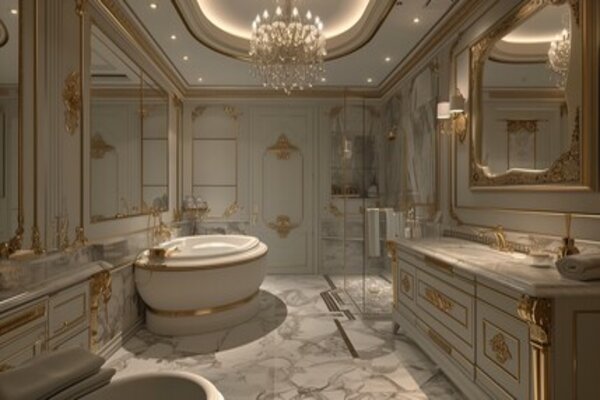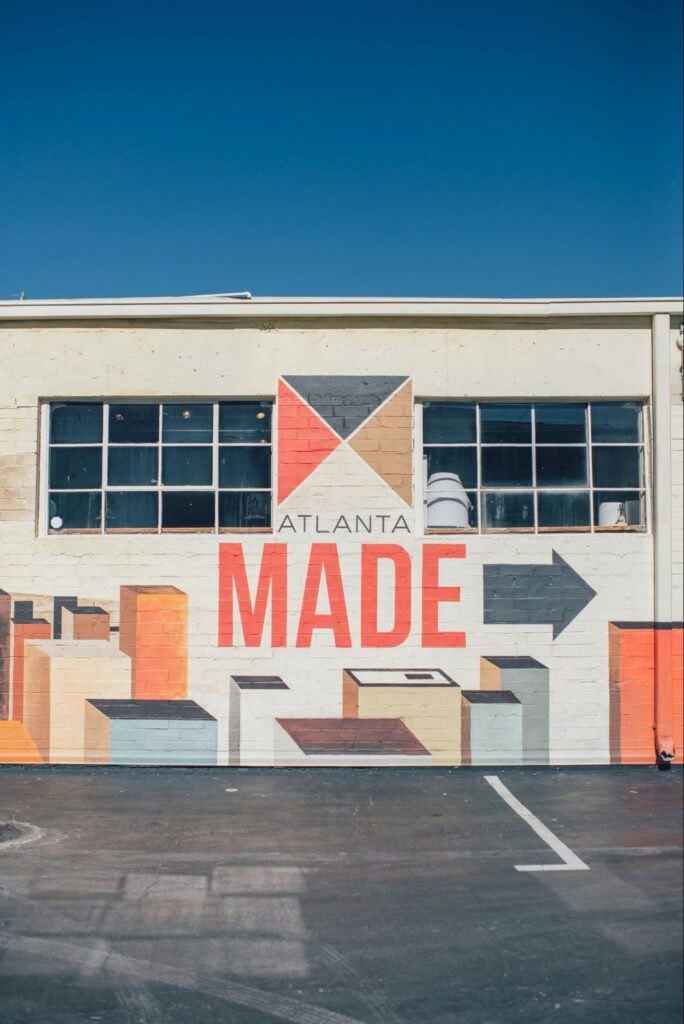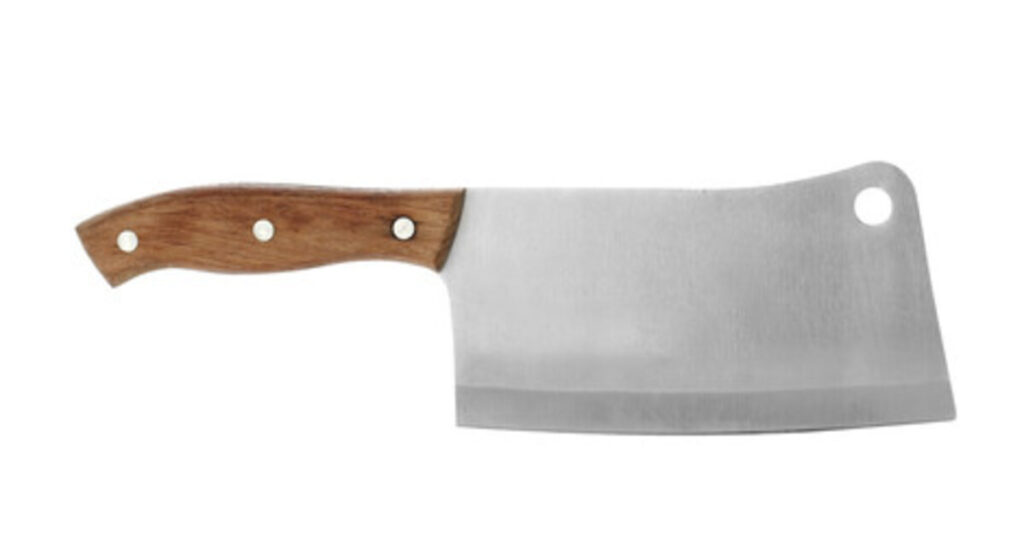Hardwood floors have long been a hallmark of elegance and durability in American homes, and in Ohio, particularly around 1925, they played a key role in home design. The Roaring Twenties was a big decade for innovation, as society and technology grew quickly, affecting architecture and flooring choices. Homes constructed during this period featured exquisite hardwood flooring, known for its longevity and architectural integrity. Different types of flooring emerged, each with distinctive characteristics that still influence modern design. A closer look at these historical innovations helps us discover how they were initially used, their key features, and how to properly care for and restore them in the contemporary world.
The changes in style, steps forward in building techniques, and improvements in materials ensured that these floors retained their original charm while adapting to new trends. Exploring this perspective offers valuable insights into how these classic designs continue to shape current flooring options.
The Legacy of Hardwood Floors in 1925 Ohio Homes
By the early twentieth century, hardwood floors had become more than just a necessity in Ohio residences—they were a mark of affluence and fine craftsmanship. Contractors played a crucial role in the rapid construction and development of homes, ensuring high-quality floorings that would stand the test of time. In 1925, architectural designs reflected influences from Colonial Revival, Arts and Crafts, and Tudor styles, shaping the character of houses built during this phase. These magnificent hardwood floors were crafted with precision, enhancing the aesthetic appeal of homes and ensuring durability for generations. Homeowners took pride in these stunning floorings, knowing they would be cherished by their heirs and descendants, making them a defining feature of Ohio’s architectural heritage.
Common Hardwood Floors in 1925 Ohio Homes
Hardwood floors were a defining feature of Ohio homes in the 1920s. These floors were not just about aesthetics—they were built to last. Homeowners preferred certain wood species for their durability, appearance, and availability. Many of these choices remain popular in restoration projects today.
1. Oak – The Timeless Favorite
Bio: Known for its strength and classic appeal, oak was widely used in 1925 homes.
Oak stood out as the most used hardwood in Ohio’s home construction. It had a strong grain pattern and came in two main types:
- Red Oak: Recognized for its reddish-brown color and distinct grain, it was a common pick for new houses.
- White Oak: Denser and lighter in hue, it offered a smoother finish, ideal for formal settings like bedrooms and dining rooms.
2. Maple – A Polished Look
Maple was another preferred choice for flooring due to its fine, even texture and light color. It added brightness to interiors, making rooms feel more open. This hardwood was tough enough to resist scratches, making it perfect for high-traffic areas like halls and living rooms.
3. Heart Pine – Rustic and Strong
Heart Pine, a member of the Southern Yellow Pine family, was prized for its natural color variations and dense composition. Unlike regular pine, it was harder and had fine pores, giving it a vintage, rustic charm. This rare hardwood was sought after by buyers who wanted a warm, natural aesthetic.
4. Cherry – The Aging Beauty
Cherry hardwood was used less frequently than oak or maple, but it had a unique quality—it deepened in color over time, developing a rich patina. This made old cherry wood floors in historic Ohio homes look even more stunning as the years passed.
5. Walnut – Premium and Elegant
Walnut was a high-end choice for 1920s homes, often found in parlors and formal dining areas. With its dark brown hues and closely spaced grain, it added an element of sophistication. Though more expensive than other options, it was valued for its intricate patterns and luxurious appearance.
Also Read: murray franklyn huntington floor plan 2012 model
Timeless Benefits of Hardwood Floors in 1925 Ohio Homes
Hardwood floors from 1925 Ohio homes were more than just a flooring choice—they were an investment in beauty, durability, and value. These floors, built from solid wood, have stood the test of time, proving their quality and lasting appeal.
Long-Lasting Durability
The hardwood floorings of 1925 homes were constructed from solid wood, ensuring a long service life. Many houses from that era still have their original floors intact, a testament to their strength. Unlike contemporary versions, these floors do not wear out quickly, making them a preferred choice for homeowners looking for durability and ease of maintenance.
Classic Aesthetic Appeal
Nothing rivals the beauty of a well-maintained wooden floor. The visual charm of these floors enhances the interior, bringing warmth and a timeless character to any home. Whether in a classical home or a modern high-tech setting, these floors add a pleasant look that persists through the seasons.
Boost in Property Value
Original wooden flooring from the distinguished 1925 era can skyrocket a property’s value. Reports from real estate experts and organizations like the National Association of Realtors indicate that homes with hardwood floors sell faster and at higher prices than those with carpeted flooring. This makes investing in these floors a wise financial decision.
Sustainable and Eco-Friendly
Reclaimed and restored hardwood flooring is a green solution, as wood is naturally renewable. Many homeowners opt for restoration rather than replacing them with cheaper contemporary alternatives. By keeping these floors, people cut waste, preserve historical value, and contribute to sustainability efforts.
How to Restore and Maintain 1925 Ohio Types of Hardwood Floors
Old hardwood floors have a timeless charm, but maintaining their beauty takes effort. If you’re a homeowner lucky enough to have original 1925 Ohio hardwood flooring, it’s essential to care for it properly to retain its historical integrity.
🔹 Refinishing for a Fresh Look
Scratched or worn floors can be brought back to life with sanding and refinishing. Scrape off the old finish, apply a fresh coat of stain or polyurethane, and restore the shine while keeping the materials intact.
🔹 Regular Cleaning to Protect Longevity
Dirt and grimes can wear down the wooden surface over time. Use a damp mop with a cleaner meant for hardwoods, and vacuum or mop tiled areas frequently to prevent scratching.
🔹 Controlling Humidity to Prevent Damage
Wood expands and contracts with humidity changes. Maintain balanced moisture levels, especially in winter, by using a humidor to prevent warping and keep the flooring stable.
🔹 Repairing and Retaining Originality
Observe your flooring for damaged areas early. Sanding, painting, and patching can help, but for professional results, consult an expert to retain the floor’s originality and keep it looking beautiful.
Challenges in the Hardwood Market of 1925
The hardwood flooring industry in Ohio during 1925 faced many ups and downs. While these floors were popular for their beauty and charm, several challenges affected their availability, pricing, and overall market stability. Economic shifts and the emergence of alternative flooring materials played a big role in shaping the industry during this period.
Economic Struggles and Market Fluctuations
The Great Depression significantly impacted the hardwood flooring market. The cost of lumber fluctuated, making it difficult for homeowners to afford these elegant floors. Pricing instability was further affected by a decline in the construction industry, as fewer buildings meant less demand for flooring. Data from the Bureau of Economic Analysis showed a post-1929 downturn, impacting the market significantly. The industry’s struggle with availability and affordability became a major challenge, slowing down the once-thriving popularity of hardwood floors.
Rise of Alternative Flooring Options
As technology advanced, new flooring options began to emerge. Vinyl and laminate became popular choices because they were cheaper and more resilient. These materials offered an alternative to hardwood but could not fully replicate its natural beauty and charm. Despite the rise of these alternatives, Ohio homeowners still found hardwood floors desirable due to their timeless appeal. However, the growing presence of cost-effective alternatives made the market more competitive, affecting hardwood’s stronghold in the industry.
A New Era of Hardwood Elegance
In the 1920s, the USA was experiencing a time of flourishing growth and transformation, with the war finally over. Homes evolved with advanced construction methods, making space for common folks to enjoy more refined living. Hardwood floors, especially oak, became a symbol of sophistication, thanks to novel processing ways that made flooring smoother, more robust, and ready to be shaped into intricate designs.
Fancy patterns like herringbone, chevron, and basket weave reflected a rich man’s choice, while parquet and strip flooring were widely enjoyed by the ordinary lot. The tangible change in how houses looked and felt made flooring a central element of planning, turning homes into elegant spaces with vogue styles and timeless materials.
Advancements in Sanding and Finishing
Back in 1925, sanding and finishing wooden floors was a tough job, often requiring scrapers and manual effort. Power sanders were introduced, but they were big, heavy, and difficult to move, making the process just as exhausting. As technology improved, tools worked better, allowing for smoother surfaces and more efficient finishing. During this time, shellac, wax, and varnish were common finishes, providing some protection but requiring frequent fixes as they were easily damaged by water and wear. Companies like Ponsell promoted electric polishing machines, making floor maintenance easier, though the finishes themselves remained quite simple.
Choosing Between Prefinished and Unfinished Hardwood
Nowadays, folks have two kinds of hardwood floors to pick from—prefinished and unfinished—each with its own perks. Prefinished floors come factory-finished, making installation easy and fast since they are already sanded, stained, and coated with tough layers. Thanks to modern UV curing methods, workers can apply multiple finish layers quickly, giving these floors a durable and clean final look. On the flip side, unfinished hardwood lets you customize the finish on-site with sanding and staining, offering a unique chance to achieve a custom appearance tailored to your project needs. Both options are great, and choosing between them depends on what you want—whether it’s the convenience of prefinished floors or the flexibility of unfinished ones.
Affordable Flooring Options Inspired by 1925 Ohio Hardwood Styles
For homeowners who desire the classic look of 1925 Ohio hardwood floors but can’t restore or purchase the original products, today’s market offers practical choices that mimic their timeless appearance. Retailing stores now provide a range of engineered, bamboo, and laminated flooring, making it easier to achieve that traditional hardwood aesthetic at a mostly cheaper cost. These modern offerings not only capture the charm of original hardwood but also provide durability and versatility, making them a top choice for restoration projects. Whether you’re looking for a high-end engineered option or a budget-friendly laminated alternative, the variety available ensures a perfect fit for every space.
Why Choose Hardwood Floors for Your Ohio Home?
Hardwood floors have long been a signature feature of Ohio homes, especially those developed in the early twentieth century. If your house was built in 1925, chances are it came with beautifully crafted hardwood flooring that adds both charm and durability. These original floors are not just part of your home—they are a piece of history.
Many residents who own these houses today understand the importance of maintaining the hardwood’s authenticity. Whether you are remodeling an old home or laying new floors, preserving the original wood ensures that the character of the house remains intact. These floors were developed to withstand time, offering a strong foundation that lasts for generations.
Conclusion
Hardwood floors from 1925 Ohio reflect a rich history of craftsmanship and durability, shaping American homes with their timeless appeal. A century ago, manufacturers produced solid, well-crafted flooring that stood the test of time. Homes of that period showcased a variety of wood types like oak, walnut, and maple, each bringing its own aesthetic and practical benefits.
Advancements in technology and milling techniques led to better fit, improved durability, and longer lifespans, while finishes like shellac, wax, and varnish added a protective touch. The demand for high-end and modest flooring divided hardwood into different grades, making it accessible for various homeowners.
Over time, innovations like linoleum and resins emerged, improving resistance to moisture and wear. Today, options like prefinished and unfinished flooring offer flexibility, while eco-friendly alternatives like bamboo continue to gain popularity. The legacy of 1925 Ohio hardwood floors lives on, influencing modern designs and helping homeowners make choices that balance beauty, practicality, and sustainability.



